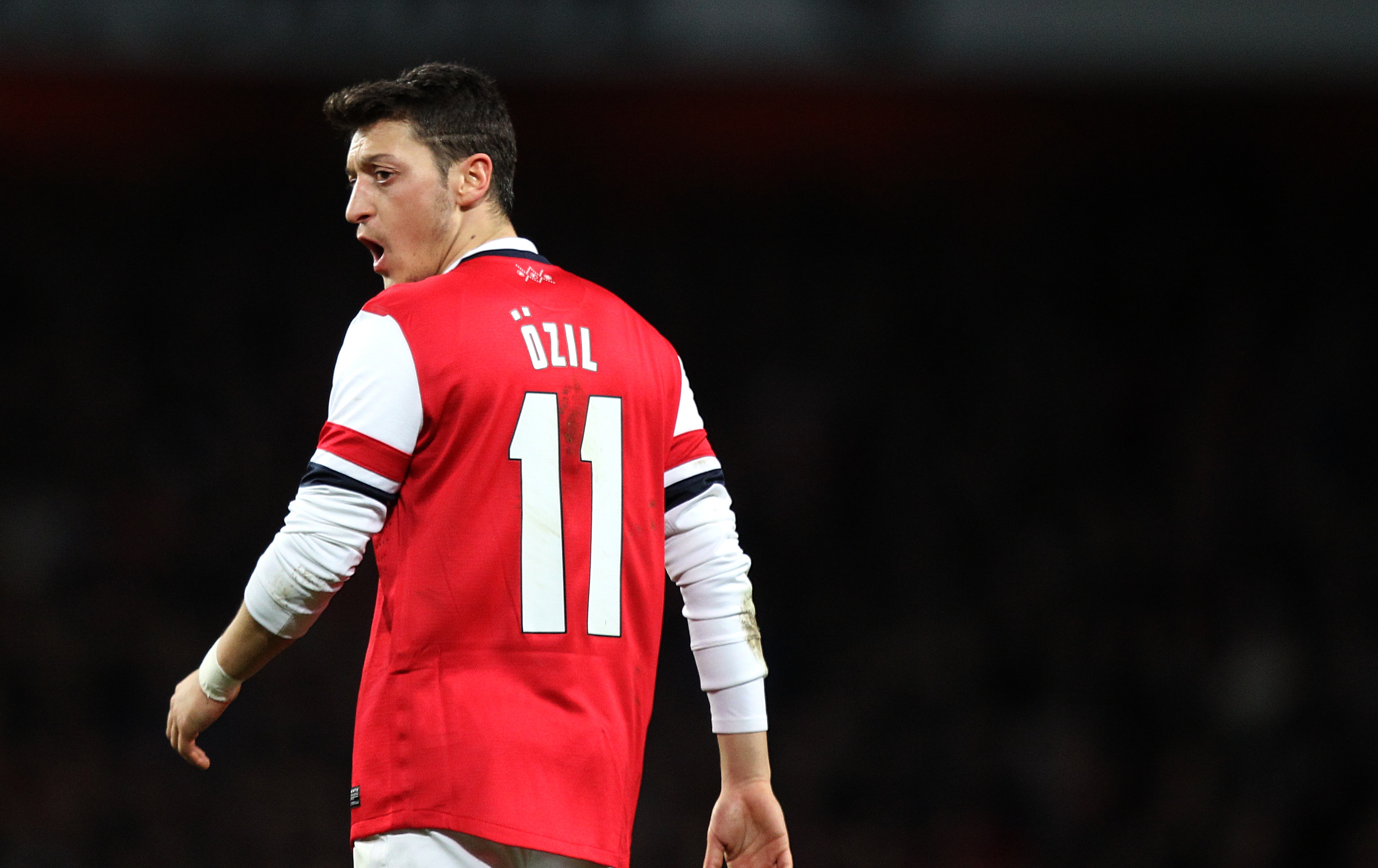Umlauts mysteriously vanishing, survey reveals
An in-depth survey has revealed a sharp decline in umlaut numbers across the country, to the surprise and alarm of punctuation officials...

The umlaut had been 2013’s hottest diacritic, with dramatic increases in its visibility and prominence since September.
But after spreading like wildfire through the trendy bars of North London and across social media, the German-derived phonological notation has begun to disappear, with the first two months of 2014 witnessing a dramatic falling-off in numbers.
Reports have been increasing of abandoned or mistreated umlauts, with the government reportedly considering a poster campaign to urge people to think twice before adopting one.
“Yeah, I got myself a bunch of umlauts when they first came out,” said Hugh Moloney, 27, of Islington. “It was great for a while being Hügh Mölöney, but it got embarrassing pretty quickly and one day I just decided to let them go quietly.”
“It was last Wednesday, actually. Wednesday evening. About 8pm. I’m totally over umlauts now. Though I’m thinking about trying out Moloné for a while.”
A linguistics insider told FourFourTwo that it was always likely the umlaut would be found out sooner or later.
“There was great excitement over this foreign import when it arrived, but the novelty is wearing thin,” said Professor Paul Hanks. “People were crying out for a shiny new glyph, and umlauts were glamorous, and expensive, and exotic.”
Get FourFourTwo Newsletter
The best features, fun and footballing quizzes, straight to your inbox every week.
“But now everyone’s getting wise to the fact that the umlaut is far less versatile than an accent grave, or even a cedilla.”
“It may yet surprise us all and make a comeback, but I fully expect it to go the same way as the circumflex and the inverted breve.”
Elsewhere in punctuation news, The Radio Times has nominated the ogonek as 2014’s grapheme to watch, praising its blend of retro chic with a 'no nonsense, can-do attitude', in contrast to the umlaut’s tendency to drift along on the periphery of words while the rest of the sentence passes it by.
